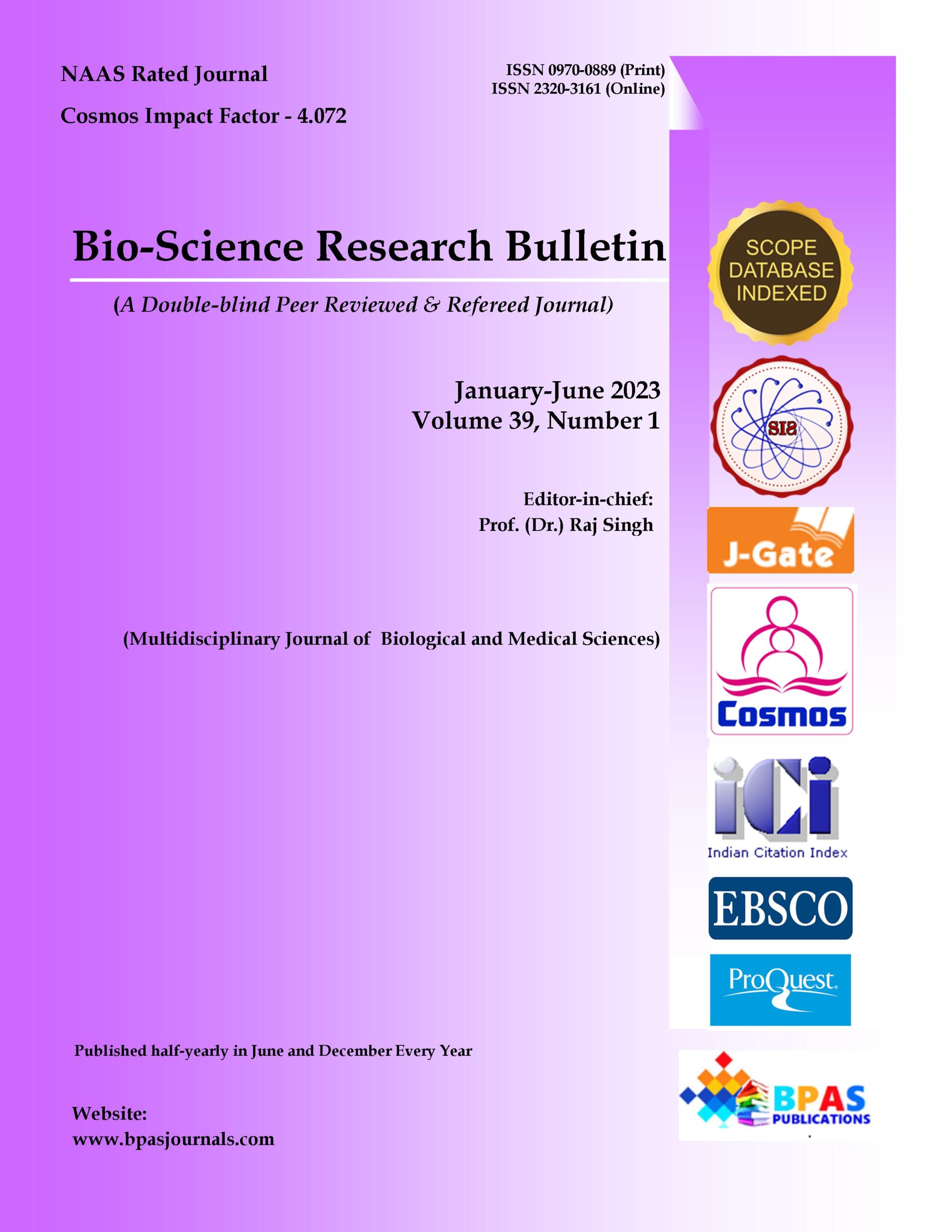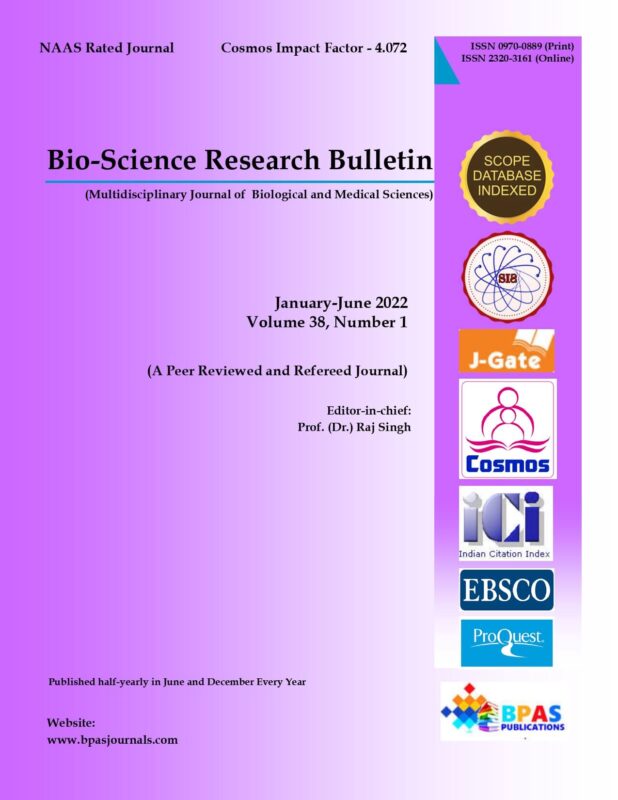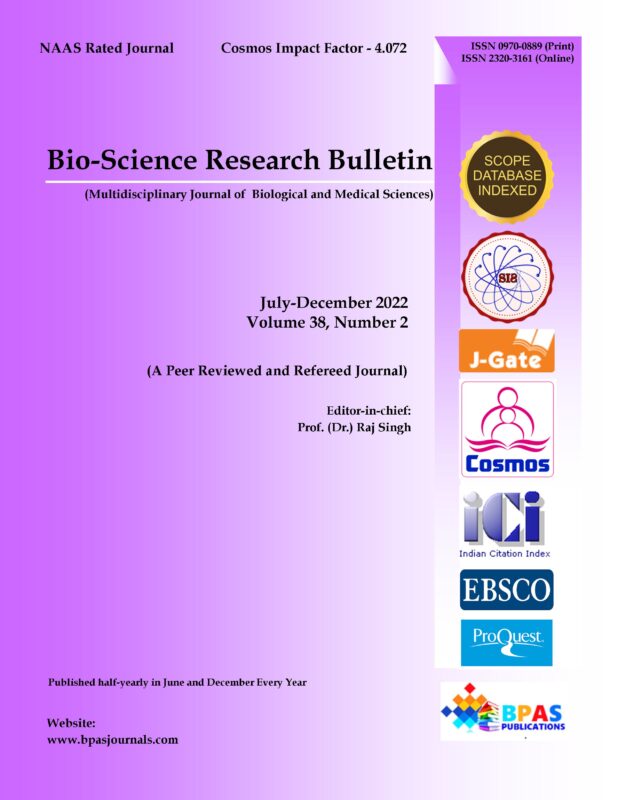Screening of the Phytochemicals of Sugarcane juice and its Potential Health Aspects
9.38$
Screening of the Phytochemicals of Sugarcane juice and its Potential Health Aspects
1Isha Miglani, 2Yugam Khanna, 3Indu Sharma, 4Mukesh Kumar and 5Raj Singh*
| Bio-Science Research Bulletin
Volume 39, Number 1 January-June 2023: P.13-21 DOI: 10.48165/bpas.2023.39.1.3 |
| Original Research Article |
Description
Screening of the Phytochemicals of Sugarcane juice and its Potential Health Aspects
1Isha Miglani, 2Yugam Khanna, 3Indu Sharma, 4Mukesh Kumar and 5Raj Singh*
Author’s Affiliation:
1,4,5Department of Bio-Sciences and Technology, Maharhishi Markandeshwar (Deemed to be University), Mullana, Ambala, Haryana 133207, India
2Deparment of Chemistry, Maharhishi Markandeshwar (Deemed to be University), Mullana, Ambala, Haryana 133207, India
3NIMS Institute of Allied Medical Science & Technology, NIMS University Rajasthan, Jaipur, Rajasthan 303121, India
*Corresponding Author:
Raj Singh
Department of Bio-Sciences and Technology, Maharhishi Markandeshwar (Deemed to be University), Mullana, Ambala, Haryana 133207, India
E-mail: dr.rajsingh09@gmail.com
Received on 20.01.2023
Revised on 11.02.2023
Approved on 19.04.2023
Accepted on 26.04.2023
Published on 19.06.2023



